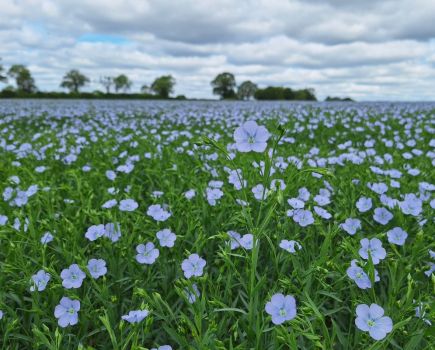
Farmers and growers are being asked to send large white butterfly caterpillars they come across to assist the latest Rothamsted research into the control of crop pests.
Large whites are sometimes parasitised by a wasp, Cotesia glomeratus, who kill their caterpillar host.
This same species of wasp also appears to parasitise two major crop pests, the African armyworm and fall armyworm, and researcher Ruth Carter hopes to collect wasps from infected UK caterpillars to start a lab colony of parasitised armyworms.
“These armyworms are devastating pests where just a handful of caterpillars can obliterate large areas of cereals or grazing land in a matter of weeks,” explains Ruth. “They’re a real problem right across Africa in particular where they contribute to the continued poverty and misery of millions.
“Our hope is that this tiny parasitic wasp might provide new insights, and possible new ways of controlling armyworm outbreaks, rather than the widespread use of pesticides.”
Investigating interactions
As part of its life cycle, female wasps lay a clutch of eggs within a caterpillar and over the next two to three weeks these larvae feed on the host before finally killing it.
They then spin their characteristic yellow cocoons (see picture above) on or near the dead caterpillar, before finally emerging as adult wasps.
Ruth, a joint PhD student between Rothamsted and the University of Lancaster, will be investigating the interaction between the wasps, the caterpillars, and the plants they feed on.
“I’m trying to understand how plant ‘smells’ change after the crop has been attacked by the armyworms. We know plants change their leaf chemistry and the chemicals they emit in response to being fed on,” adds Ruth. “I’m trying to understand how this affects parasitoids. For example, are the wasps attracted to these plant aromas – in other words, are the plants calling for help?”
Farmer input
Ruth is asking anybody who comes across large white caterpillars carefully collect them, place them in a pot with leaves of the plant they were on, and then send them to her.
“Large white caterpillars are fairly easy to identify and mainly feed on plants within the cabbage family plus other common plants such as nasturtiums.. If you see the characteristic yellow cocoons on or near a dead caterpillar, please send those too.”
For more information on how to collect and send caterpillars to Ruth, email Ruth.carter@rothamsted.ac.uk




